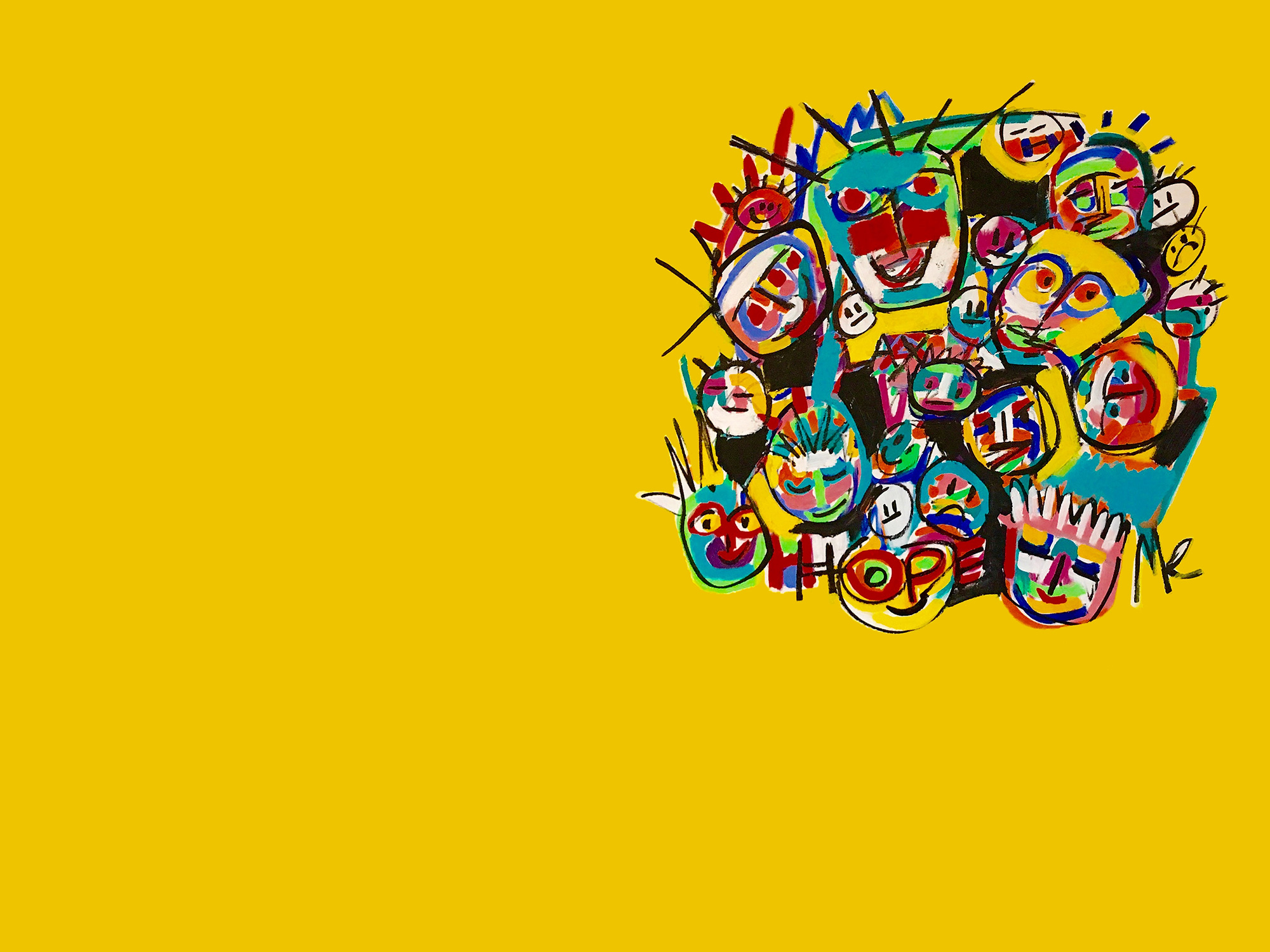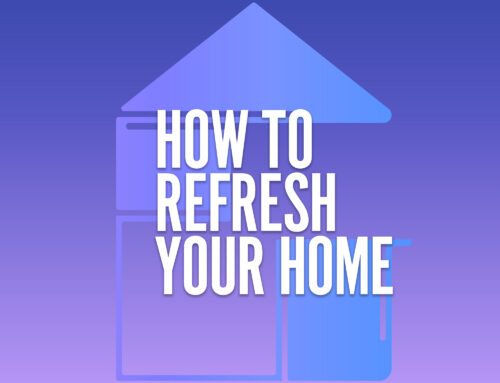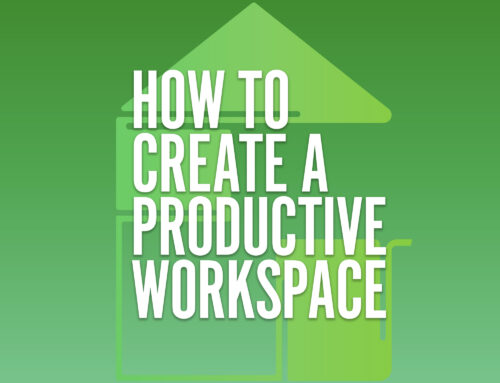What does it mean to be present?
Simply put, being present means to gently rest our attention on what’s happening within and around us in that moment. When we’re present, we’re both alert and receptive; we’re able to observe our thoughts, emotions, sensations and experiences.
“Being present means being fully available to our lives, not ruminating endlessly about what was and what will be,” explains Jane Kolleeny, a senior teacher at Westchester Meditation Center in Bedford Hills.
But as simple as it sounds, doing it is another matter altogether. After all, most of us have so much going on mentally at any given moment that the thought of absolute presence seems like a major stretch.
“It’s not always as easy as slowing down and taking a couple of deep breaths,” explains Mount Kisco-based psychologist Marc Abrams, Ph.D. “Different approaches will work for different people.”
Benefits of being present
Research has found that people who focus on being present (a.k.a. mindfulness) experience more meaningful relationships, reduced stress, a greater sense of self and social awareness, and an increased sense of well-being.
“The experience of being in the present is a wonderful sensation,” says Abrams.
Being present also gives our brain a much-needed rest. It creates some thought-free space in our minds, not unlike a blank canvas where we can choose what we want to animate it with, if anything.
Alternatively, when we’re not present, we can miss out on meaningful moments or forget essentials – like our keys! And, have you ever noticed that accidents tend to happen when we’re distracted?
“We will always struggle. We weren’t trained to pay attention in this way, so we need to have a really light touch about success or failure.”
It’s okay not to be present all the time
Our attention is a hot commodity. We’ve got a million and one things vying for it at any given moment: media calling out from every device, the ever-fascinating past to inspect and analyze, and the oh-so-shiny future to fantasize about. With our focus pulled in so many directions, finding the present moment can be a tall order. And, it can be a tough sell. A nice daydream about your fantasy future sounds much more appealing than plowing through a stack of emails.
But luckily, it’s okay to daydream or revisit a previous conversation or experience – that’s how we’re built. Our minds are designed to explore, explain and make meaning of things even where we can’t make sense. For example, the constant ‘mental doodling,’ like pondering random bits of information or making our grocery list, can help to inform our decisions and actions. It can also provide a needed distraction. Which is to say that being present, while often the best option, is not the only one.
When it’s important to be present
“Presence is important at work, with family, friends and romantic relationships,” Kolleeny explains. “When we give people our best selves and full attention, the outcomes are more satisfying and lead to a more meaningful life.”
“But realistically, it’s not that all of a sudden our awareness is 100 percent,” she continues. “Instead, incrementally, we should apply some effort and good intentions. Gradually, a thread of continuity from our present-moment practices to our lives occurs and presence increases. It’s not easy to measure, but there is a natural shift.”

So how do we do it?
According to Abrams and Kolleeny, there are several ways to bring yourself into the present.
1. Focus on your breathing:
If your mind is racing and you’re anxious, focus on your breathing. Try to inhale and exhale from your belly (this is called belly breathing).
Or try square breathing. Breathe slowly into your diaphragm on the count of four (through your nose if possible). Hold for a count of four while keeping your body relaxed. Exhale for a count of four.
Try to repeat either of these breathing techniques a minimum of five times.
2. Tense and relax:
Inhale and squeeze all the muscles in your body at the same time (scrunch up your face, hands and feet as well). Hold it for ten seconds then release. Repeat until you’re calmer and can focus on the present.
3. Engage your senses:
Take a moment to check in with your senses – notice what you hear, see, smell, feel and taste.
“Intentionally choose a sensory activity that helps you relax or brings you pleasure,” says Abrams. “Some examples are slowly savoring a piece of chocolate, holding a smooth stone in your hand or lighting a scented candle.
What if you feel like you just can’t do it?
“We will always struggle,” notes Kolleeny. “We weren’t trained to pay attention in this way, so we need to have a really light touch about success or failure. Being heavy-handed and critical about our efforts, or labeling them as a failure, gets in the way and is of no help.”
If you notice you’re no longer in the present, but you want to be, Kolleeny says you should “gently bring yourself back to awareness, without judgment of failure or success.”
Being present is a process, and it requires a set of skills that you need to practice.
“You can practice by simply paying attention as you’re walking to your car every day, looking at your garden, engaging in a hobby or playing sports,” explains Abrams. “If you practice being mindful and aware daily, then when you’re not in such a good space, you can intentionally engage in a mindful activity that will improve your mood or relax you.”
Helping kids be more present
“Children and teens begin to realize that it’s easier to accomplish whatever it is they’re trying to do when their thoughts, emotions and actions are all in balance,” Abrams explains.
The very best way we can teach present-moment awareness to our children is by modeling it. For instance, when your kids are talking to you, give them your full attention. Or when you’re doing something together, make sure you put your phone away.
To help your children get curious about the present moment, you can practice active listening during meals. To do this, give each person at the table a turn to share something about their day. Encourage everyone else to listen attentively and then ask a question based on what they heard.
For teens, their emotional instability often drives their behavior. So help them learn how to be in the present during periods of time when they’re upset.
Abrams recommends asking them questions like:
- Can you recognize how you’re feeling at this moment?
- Do you know what you’re reacting to right now?
- What would make you feel better?
Ready to go a little deeper?
If you’ve mastered the basics and are now reaping the benefits of being more present and less stressed, Kolleeny says that meditation can help you take it to the next level.
“Meditation gives us a technique and training ground for the development of present-moment awareness,” she explains. “And if we do it wholeheartedly, it permeates the way we conduct ourselves in our post-meditation life. It will give us a greater capacity to be with our experience.”
Remember to start small, go easy on yourself and take your time. Presence comes slowly, but every little moment counts.
For tips on how to begin a meditation practice, click here.
This article was published in the March/April 2023 print edition of Katonah Connect.
Artwork by Mary Ellis.

Elizabeth Kemler
Elizabeth Kemler is a seasoned curriculum designer, social entrepreneur, performer and mental health advocate. She has 25 years of experience supporting the development of clients’ communication skills, social-emotional competence, and mental health through dynamic programming, courses and wellness-based goods and services.
You can find Elizabeth's mental wellness courses here and visit her shop here.










